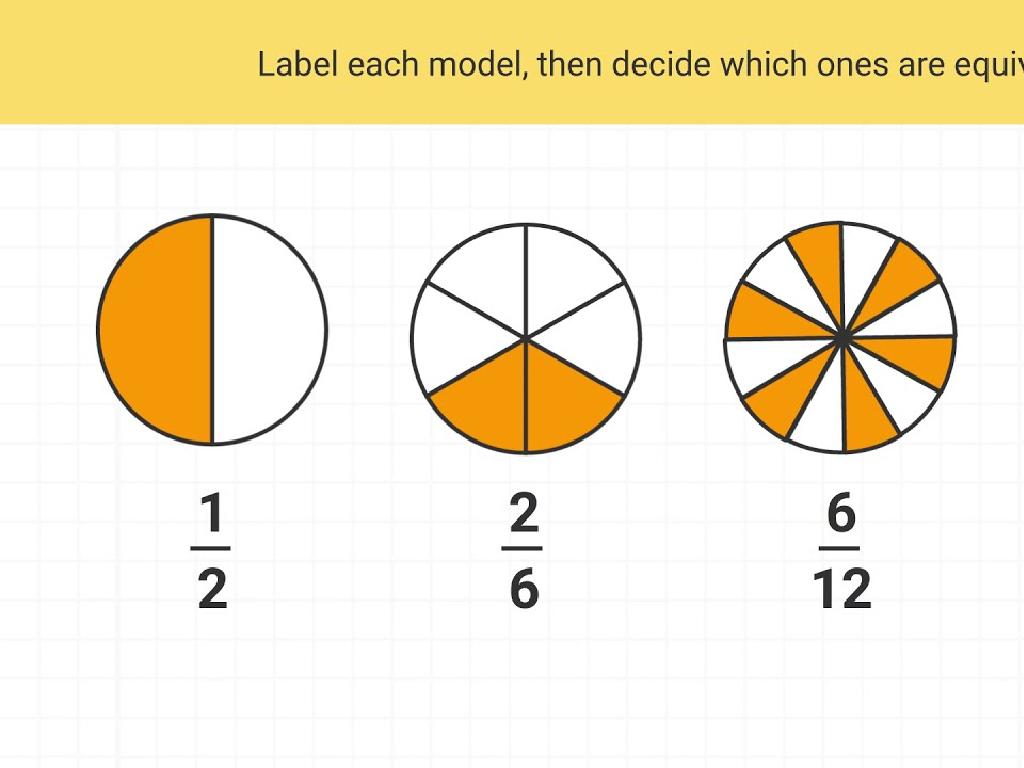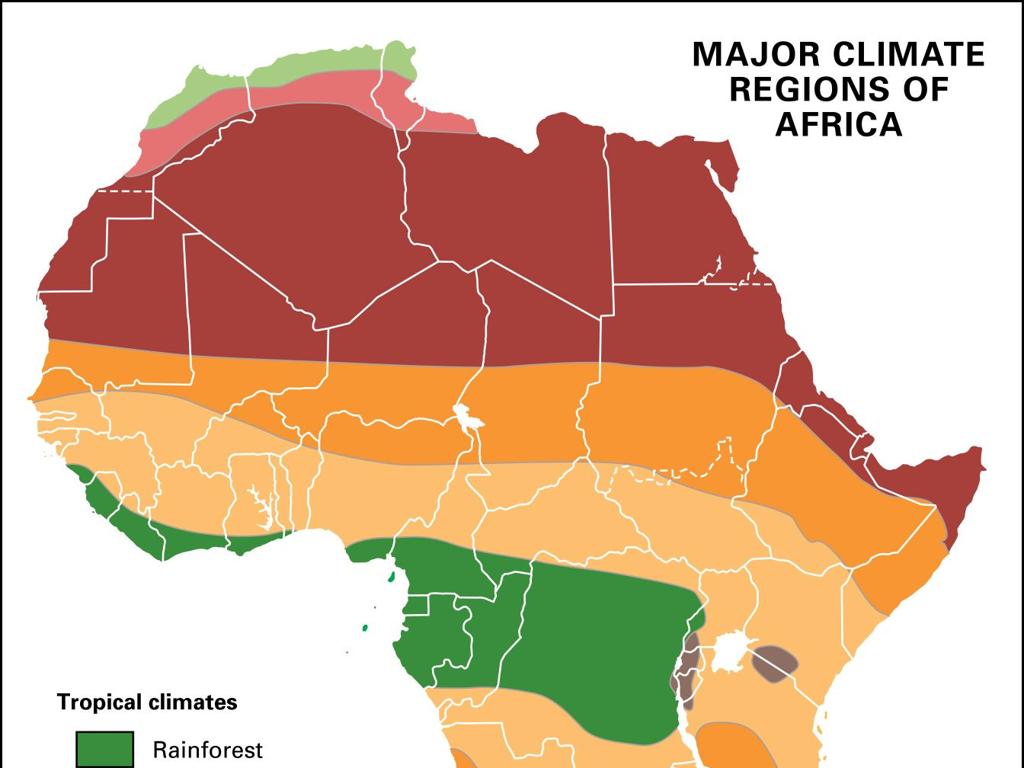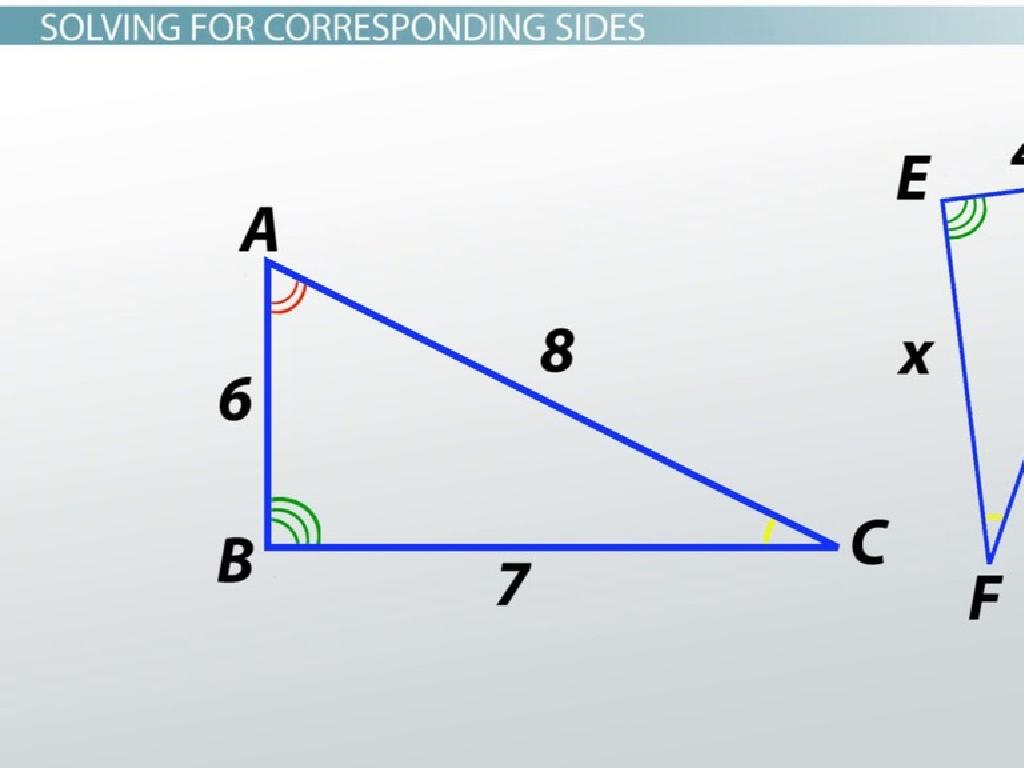Complete An Increasing Number Pattern
Subject: Math
Grade: Fifth grade
Topic: Number Patterns
Please LOG IN to download the presentation. Access is available to registered users only.
View More Content
Completing Increasing Number Patterns
– Explore patterns in daily life
– Patterns exist everywhere: in nature, art, music.
– Importance of number patterns
– They help solve problems and predict the future.
– Recognizing increasing patterns
– An increasing pattern goes up by adding.
– Practice with examples
– Use sequences like 2, 4, 6, 8 to find the rule.
|
This slide introduces students to the concept of increasing number patterns, emphasizing their presence in everyday life and their significance in mathematics. Start by discussing how patterns help us organize information and make predictions, which is a crucial skill in various aspects of life and academic subjects. Highlight the importance of recognizing patterns for problem-solving and understanding the world around us. Provide clear examples of increasing patterns, such as counting by twos or the number of petals on flowers, and encourage students to identify the rule that governs the pattern. Instruct students to practice creating their own increasing number patterns and to be prepared to explain the rule they used.
Understanding Increasing Number Patterns
– Define a number pattern
– A sequence of numbers with a specific order or rule
– Examples of simple patterns
– Like 2, 4, 6, 8, each number adds 2
– How to find the pattern rule
– Look for what happens from one number to the next
– Practice with different patterns
– Try creating patterns with different starting numbers and rules
|
This slide introduces the concept of number patterns, focusing on increasing sequences. Start by defining a number pattern as a list of numbers that follow a certain rule. Provide simple examples, such as adding a consistent number to get from one term to the next. Teach students how to identify the rule by examining the changes between consecutive numbers. Encourage them to look for addition or multiplication patterns. Conclude with practice exercises where students identify the rule and continue the pattern. This will help solidify their understanding and prepare them for more complex patterns.
Exploring Number Patterns
– Understanding increasing patterns
– Numbers that get larger in a sequence, like 2, 4, 6, 8
– Recognizing decreasing patterns
– Numbers that get smaller, such as 10, 8, 6, 4
– Identifying repeating patterns
– Sequences that repeat, e.g., 1, 2, 1, 2 or 5, 9, 5, 9
|
This slide introduces students to the concept of number patterns, focusing on increasing, decreasing, and repeating sequences. For increasing patterns, use examples where each number is larger than the previous one, typically by adding a constant. Decreasing patterns are the opposite, where each subsequent number is smaller, often by subtracting a constant. Repeating patterns cycle through a series of numbers. Encourage students to practice by creating their own patterns and explaining the rule that governs them. This activity will help solidify their understanding of number patterns and prepare them for more complex mathematical concepts.
Understanding Increasing Number Patterns
– Characteristics of increasing patterns
– A sequence where each number is bigger than the one before.
– How to find the pattern’s rule
– Look for what’s added each step to find the rule.
– Real-life examples of patterns
– Heights as kids grow, saving money over time.
– Practice with different sequences
|
This slide introduces students to the concept of increasing number patterns. Start by explaining that in such patterns, each term is larger than the previous one, often by a consistent amount. Teach students how to identify the rule of the pattern, which is the operation that is applied to each term to get the next one. Use relatable examples like growing taller each year or saving more money each week to illustrate the concept. Encourage students to come up with their own examples and to practice identifying the rule in different sequences. This will help them recognize patterns and understand their applications in various aspects of life and other mathematical concepts.
Finding the Rule in Number Patterns
– Steps to find a pattern’s rule
– Observe differences between numbers to find a pattern
– Practice finding the rule
– We’ll do an example as a class to understand the process
– Apply the rule for predictions
– Use the rule to guess what comes next in the sequence
– Predict the next numbers
|
This slide is aimed at teaching students how to identify the rule of an increasing number pattern. Start by explaining the steps to determine the rule, such as looking for a consistent increase between numbers. Engage the class with a practice example where you find the rule together, reinforcing the concept. Once the rule is understood, show students how to apply it to predict subsequent numbers in the pattern. Encourage students to explain their reasoning for their predictions to ensure comprehension. For the activity, provide sequences with varying levels of difficulty and ask students to identify the rules and predict the next numbers. This will help them to solidify their understanding of number patterns.
Let’s Practice Together: Increasing Number Patterns
– Example 1: 2, 4, 6, __, __
– What comes after 6 if we add 2 each time?
– Example 2: 5, 10, 15, __, __
– What comes after 15 if we add 5 each time?
– Group Activity: Pair up to solve
– Discuss with your partner and complete the patterns
– Share your answers with the class
|
This slide is designed for a collaborative classroom activity to practice increasing number patterns. Start with two examples on the board and ask the students to identify the rule for the pattern (adding 2 for the first pattern and adding 5 for the second). Then, instruct the students to work in pairs to find the next two numbers in each sequence. This group activity encourages peer learning and discussion. After the activity, facilitate a class discussion where students can share their answers and explain how they found them. This will help reinforce their understanding of number patterns and provide an opportunity for you to correct any misconceptions. Possible variations for different pairs could include creating their own patterns or finding the rule in more complex sequences.
Challenge Time: Increasing Number Patterns
– Complete the pattern challenge
– What numbers come after 100, 120?
– Determine the pattern rule
– How much is added each time?
– Share your solution
– Discuss as a class
– Explain your thinking to the class
|
This slide is designed to engage students in a class activity where they apply their knowledge of number patterns to complete a given sequence. The pattern starts with 100 and increases by 20 each time. Students should identify the rule of adding 20 to find the missing numbers, which are 140 and 180. Encourage students to share their answers and the strategies they used to find the solution. This will foster a collaborative learning environment where students can learn from each other’s approaches. Provide guidance and support as needed, and ensure that each student understands the concept of increasing number patterns by the end of the discussion.
Class Activity: Create Your Own Pattern
– Form small groups for pattern creation
– Develop an increasing number pattern
Choose a starting number and decide how much to add each time
– Present and explain your pattern’s rule
Explain how you’re deciding the next numbers in your pattern
– Classmates complete each other’s patterns
Listen to others and try to figure out their patterns
|
This activity is designed to encourage collaboration and critical thinking as students work in groups to create their own increasing number patterns. Each group should select a starting number and determine a consistent rule for adding to each subsequent number. Once the patterns are created, groups will take turns presenting their patterns to the class and explaining the rule they used. The rest of the class will then attempt to continue the pattern based on the rule provided. This exercise will help students understand the concept of increasing patterns and how to identify the rule governing them. Possible variations for different groups could include adding different amounts, starting at different numbers, or even incorporating multiplication for a challenge.
Wrapping Up: Increasing Number Patterns
– Recap on increasing patterns
We learned how to identify and extend patterns where each number is larger than the last.
– Homework: Find a home pattern
– Bring your pattern to class
Look for patterns in daily life, like steps on a staircase or books on a shelf.
– Next lesson: Decreasing patterns
We’ll explore patterns where numbers get smaller.
|
As we conclude today’s lesson on increasing number patterns, remind students of the key concepts: identifying the rule of the pattern and using it to predict subsequent numbers. For homework, students should observe their surroundings at home to find real-life examples of increasing number patterns, which could be anything from the number of plates in a stack growing as they set the table, to the number of birds on a wire increasing throughout the day. Encourage creativity and critical thinking. In the next class, we’ll shift our focus to decreasing number patterns, where each term is smaller than the previous one. This will help students understand patterns in a broader sense and prepare them for more complex sequences in mathematics.






